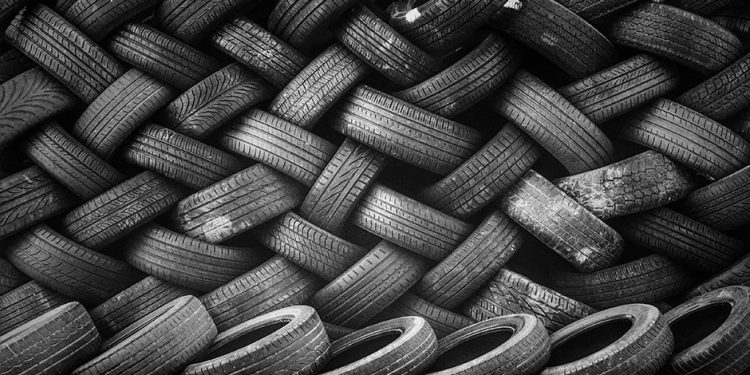Car industry now facing tyre shortage on top of chip shortage
Words: Matthew Hansen
Unless you’ve been living under a rock you’ll be aware that the motoring world is currently being hampered by a shortage of chips. Not of the potato or corn variety, but the chips used to power a lot of the next-gen tech that buyers love.
Barring Toyota, who claims to be tracking along just fine, the rest of the world’s brands appear to be struggling — some brands even removing certain features from cars in order to get around the shortage of, effectively, a two dollar part.
Now, unsurprisingly given the way things have gone for the world in the last two years, there’s reportedly another shortage on the horizon waiting to pounce on the industry — a tyre shortage.
According to a report from Bloomberg, a shortage of ‘natural rubber’ is imminent due to flooding and leaf disease where it’s sourced from, namely Indonesia and Thailand. The trees reportedly take around seven years to mature, with natural rubber coming in the form of a white sap.
Speaking to NZ Autocar, a representative from Bridgestone’s head office in Singapore said the firm is monitoring the news closely, although it doesn’t anticipate supply shortages just yet.
“We are continuing to monitor the situation closely and do not foresee any impacts to our supply at this time,” they said. “Our team will continue to monitor this situation and maintain open lines of communication with all of our key stakeholders to ensure adequate supply and overall business continuity.”
Unlike the chip shortage, which in a motoring sense only impacts new cars, a tyre shortage would theoretically impacts all car owners worldwide.
Increased tyre prices have already been forecast, with the Chinese market apparently having already replenished their supply of tyres — with stock to spare. A tyre shortage in China is a particularly big deal, given that it’s unsurprisingly the biggest consumer of rubber on the planet.
In 2020 some five million tonnes of natural rubber was used by consumers in China, compared to just over one tonne in India and the UK/Europe, respectively. The United States, meanwhile, sucked up just under one tonne of the raw material in 2020.
“If you look at the trillions of dollars Covid-19 cost us — a big chunk of that could have been mitigated by millions of dollars of supply chain investment,” Dan Finkenstadt, professor at the Naval Graduate School of Defense Management in Monterey, California told Bloomberg.





